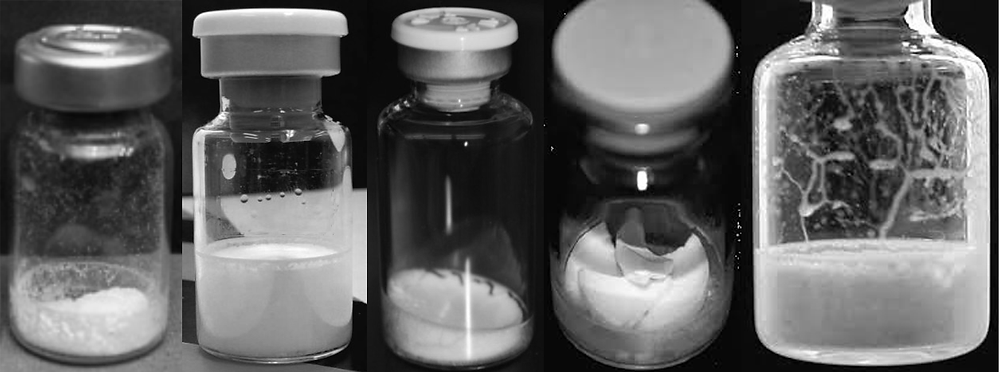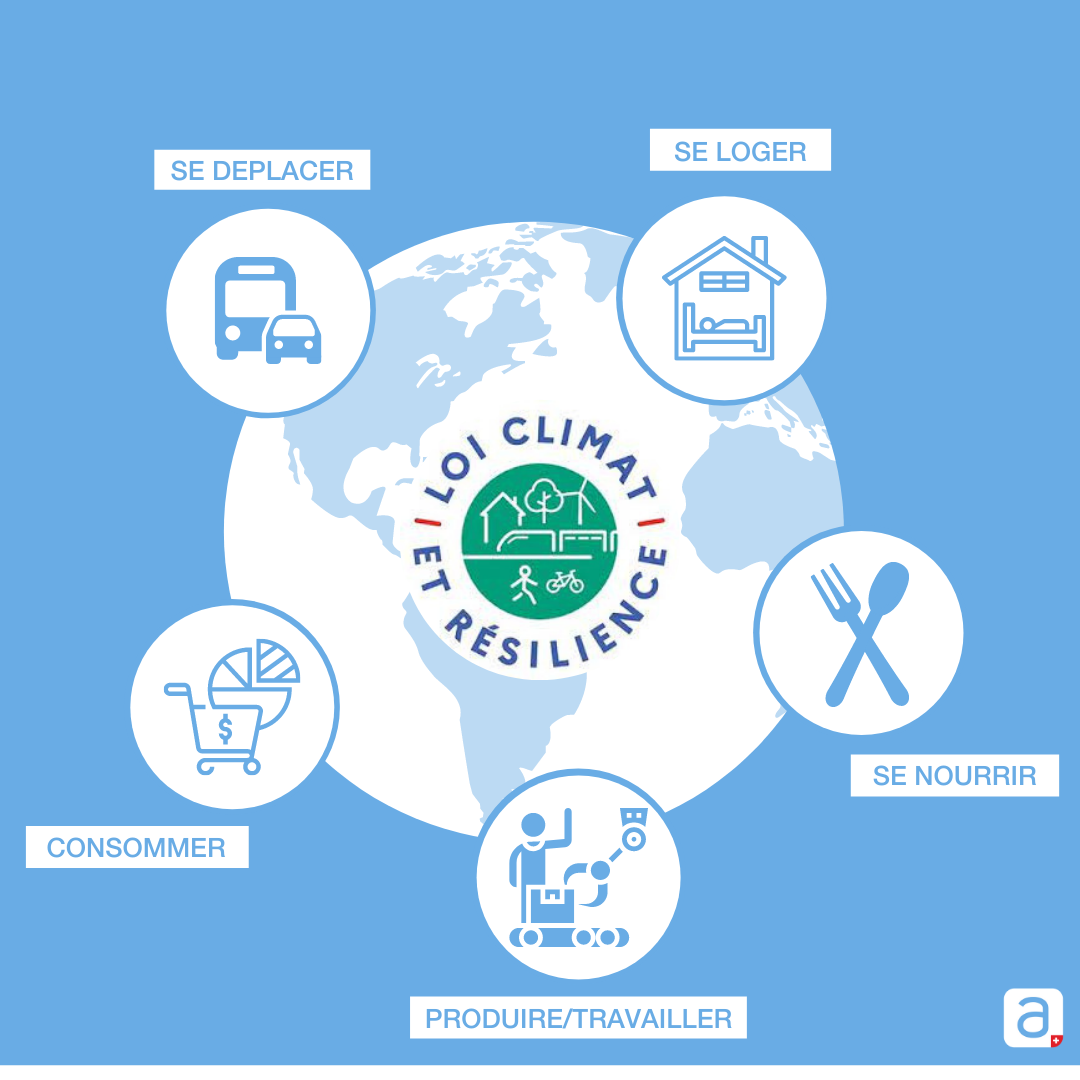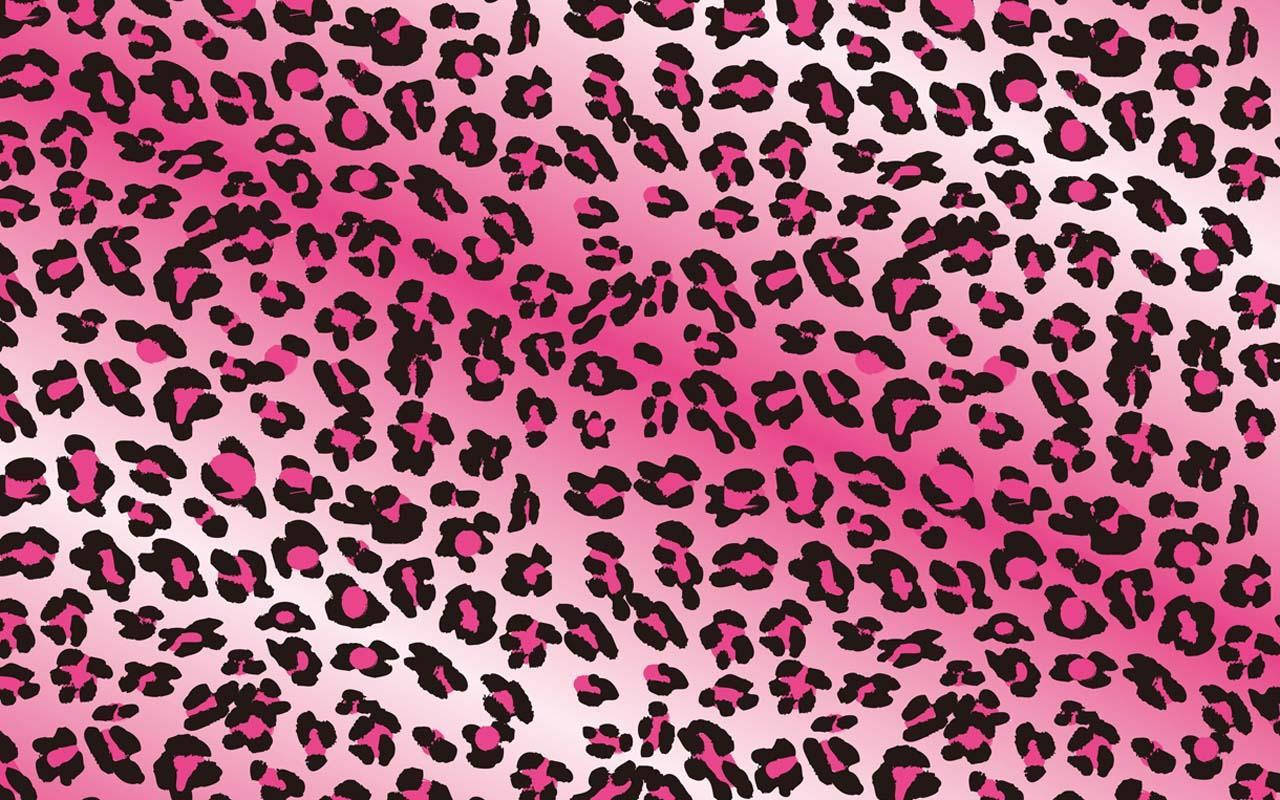Challenges And Advancements In Automated Visual Inspection Of Lyophilized Drug Products

Table of Contents
Challenges in Automated Visual Inspection of Lyophilized Drug Products
Automated visual inspection of freeze-dried drugs presents several significant challenges, stemming from the inherent nature of the products themselves and the complexities of image analysis.
Variations in Lyophilized Product Appearance
Lyophilized products, also known as freeze-dried drugs, exhibit considerable variability in appearance. This inherent variability makes consistent automated defect detection challenging. Factors influencing this variation include:
- Different formulations: The composition of the drug product directly impacts its physical properties and visual characteristics after lyophilization.
- Manufacturing processes: Subtle variations in the freeze-drying cycle parameters can significantly affect the final product's appearance, leading to inconsistencies in cake structure and appearance.
- Storage conditions: Temperature fluctuations and humidity levels during storage can alter the visual characteristics of lyophilized products, potentially introducing new defects or masking existing ones.
These inconsistencies make it difficult for automated systems to reliably distinguish between acceptable variations and actual defects. Subtle defects, such as hairline cracks or minor discolorations, often require the experienced eye of a human inspector to identify reliably.
Lighting and Image Acquisition Challenges
Obtaining high-quality images suitable for automated defect detection is another significant hurdle. Lyophilized products often present challenges related to:
- Light reflection: The smooth, often crystalline, surface of lyophilized cakes can cause significant light reflection, obscuring defects and hindering accurate image analysis.
- Shadowing: The three-dimensional structure of the lyophilized cake, particularly in vials, can create shadows that mask defects located in recessed areas.
- Variations in product surface texture: Differences in surface roughness and texture can complicate image analysis, making it difficult for algorithms to consistently identify defects.
Optimal lighting conditions are crucial for accurate defect detection. This requires careful optimization of lighting angles, intensity, and spectral characteristics. Different camera technologies and settings need to be meticulously calibrated to mitigate these effects. Transparent or translucent vials present unique challenges, requiring advanced imaging techniques to capture clear images of the lyophilized cake within.
Data Processing and Algorithm Development
Developing robust algorithms for accurate defect detection and classification in automated visual inspection of lyophilized drug products is a complex undertaking. The process involves:
- Large, high-quality datasets: Training machine learning models for automated inspection requires massive datasets of images with accurately annotated defects. Acquiring and annotating these datasets can be time-consuming and expensive.
- Sophisticated algorithms: Dealing with the inherent variability in lyophilized product appearance demands sophisticated algorithms capable of distinguishing between acceptable variations and critical defects.
- Balancing false positives and false negatives: The costs associated with both false positives (rejecting good products) and false negatives (accepting defective products) need to be carefully balanced during algorithm development and validation. False positives lead to increased waste and production costs, while false negatives pose a significant risk to patient safety.
Advancements in Automated Visual Inspection of Lyophilized Drug Products
Despite these challenges, significant progress is being made in developing more effective automated visual inspection systems for lyophilized drug products.
Improved Imaging Technologies
Advancements in imaging technologies are playing a crucial role in enhancing the accuracy and reliability of automated inspection. These include:
- Hyperspectral imaging: This technique captures images across a wide range of wavelengths, providing detailed spectral information that can be used to identify subtle defects not visible in standard images.
- Multispectral imaging: Similar to hyperspectral imaging, but using a smaller set of wavelengths, offering a balance between information richness and processing speed.
- 3D imaging: Provides a three-dimensional representation of the lyophilized cake, allowing for more complete defect detection compared to traditional 2D imaging.
- Advanced illumination techniques: Techniques like structured lighting and polarized light can minimize the effects of light reflection and shadowing, improving image quality.
- High-resolution cameras: Cameras with higher resolution and improved sensitivity capture more detail, improving the accuracy of defect detection.
- Robotic systems: Automated vial handling and positioning systems ensure consistent image acquisition and improve throughput.
Advanced Image Processing and AI Algorithms
Artificial intelligence (AI), machine learning (ML), and deep learning (DL) are revolutionizing automated visual inspection. These technologies enable:
- Deep learning for feature extraction and classification: Deep learning algorithms excel at identifying complex patterns and features in images, making them ideal for detecting subtle defects in lyophilized products.
- Computer vision techniques for anomaly detection: Computer vision techniques can identify anomalies and deviations from expected patterns, enabling the detection of unforeseen defects.
- AI-powered adaptive systems: AI-powered systems can learn and adapt to variations in product appearance, improving their accuracy over time.
Integration with Existing Pharmaceutical Production Lines
Seamless integration with existing pharmaceutical production lines is crucial for successful implementation. This requires:
- Modular and scalable systems: Automated inspection systems need to be adaptable to different production line configurations and throughput requirements.
- Real-time data analysis and reporting: Real-time feedback allows for immediate identification and correction of issues, improving overall process efficiency and product quality.
- Compliance with industry regulations: Systems must comply with relevant regulations, such as 21 CFR Part 11, to ensure data integrity and traceability.
Conclusion
Automated visual inspection of lyophilized drug products faces significant challenges related to product variability, image acquisition, and algorithm development. However, advancements in imaging technologies, AI algorithms, and system integration are paving the way for more accurate, efficient, and reliable automated inspection solutions. By embracing these advancements, pharmaceutical manufacturers can significantly improve the quality control of their lyophilized drug products, reduce costs, enhance patient safety, and ensure compliance with industry regulations. Further research into advanced imaging techniques, robust AI algorithms, and seamless integration strategies will continue to drive progress in this crucial field. Invest in advanced automated visual inspection systems today – improve your lyophilized drug product quality and safeguard patient safety.

Featured Posts
-
 Jose Aldo Resilience Et Adaptation Apres La Defaite
May 11, 2025
Jose Aldo Resilience Et Adaptation Apres La Defaite
May 11, 2025 -
 Former Sia Air Stewardess Journey Latest News
May 11, 2025
Former Sia Air Stewardess Journey Latest News
May 11, 2025 -
 Norfolk Catholic Falls Short Against Archbishop Bergan In District Final
May 11, 2025
Norfolk Catholic Falls Short Against Archbishop Bergan In District Final
May 11, 2025 -
 Viral Video A Fan Made Henry Cavill Cyclops Trailer
May 11, 2025
Viral Video A Fan Made Henry Cavill Cyclops Trailer
May 11, 2025 -
 Jessica Simpsons Cheetah Print And Blue Fur Coat Airport Fashion Statement
May 11, 2025
Jessica Simpsons Cheetah Print And Blue Fur Coat Airport Fashion Statement
May 11, 2025
